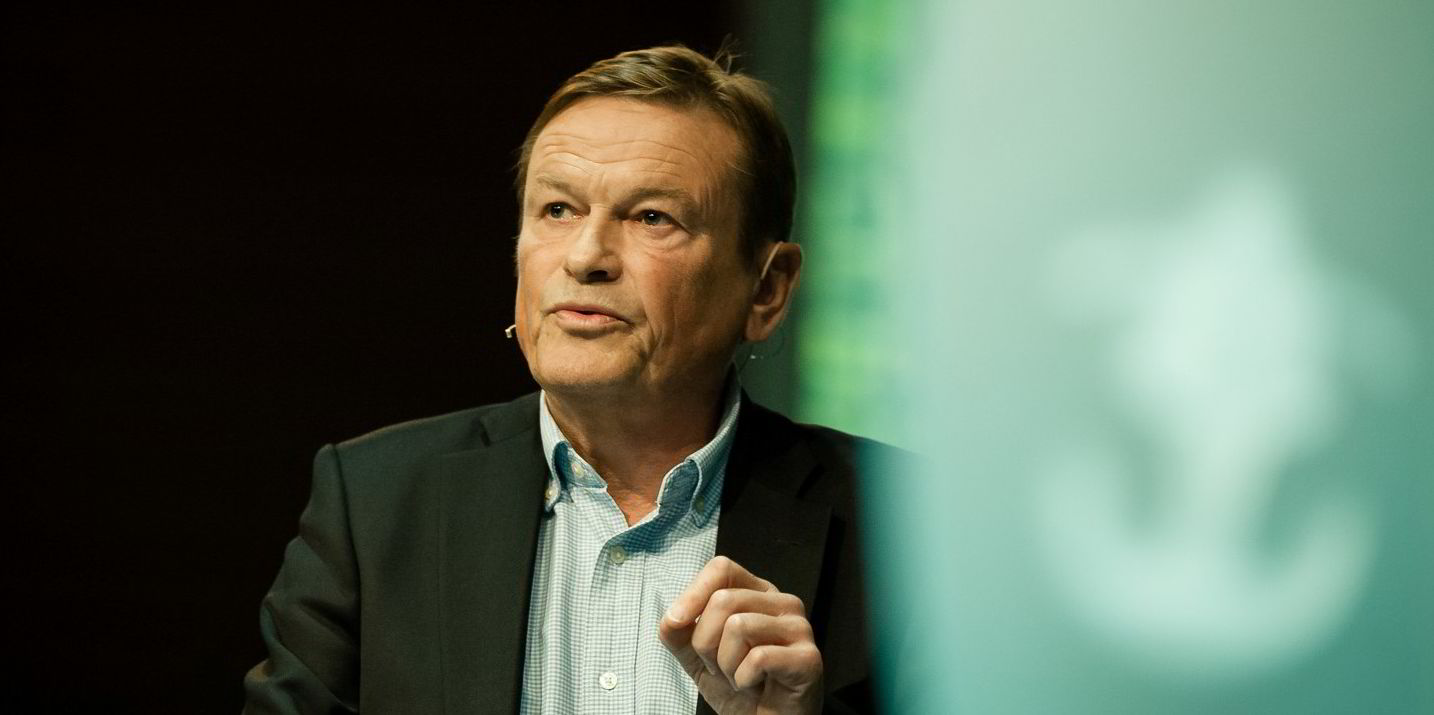Norway's Boa Offshore believes an upturn in oil and gas activity is coming in 2022 to boost a difficult offshore vessel market.
Chief executive Helge Kvalvik said in the company's second-quarter report that current oil demand is still below the 2019 level and is not expected to return to pre-pandemic levels until the end of 2022.
"The situation remains fragile despite recent improving trends, and the recovery is highly dependent on Covid-19 vaccines being delivered to the market in a significant scale throughout the year and that these vaccines prove effective," he said.
Boa said exploration and production (E&P) investments dropped around 30% in 2020 compared with 2019 levels, with the amount for 2021 estimated to be only marginally up from 2020.
"Given a positive development in the Covid-19 situation during 2021, offshore E&P and subsea investments could be set for a meaningful recovery in 2022/23, with an expectation [of] increased activity by 10% in 2022," Kvalvik said.
He believes growth in the offshore wind market seems to be remaining robust, leaving some opportunities for alternative work outside the traditional oil and gas market.
Boa also said its 119-loa Boa Deep C (built 2003) — one of the world’s highest-specification offshore construction vessels (OCVs) — was awarded a short-term contract with a European contractor in July.
This deal starts at the end of September 2021.
"The subsea market remains challenging in the short term, despite a handful of new contract opportunities out in the market," Kvalvik said.
Boa breaks even
The company broke even on a net basis in the second quarter, against profit of NOK 272m ($31.5m) in the same period of last year, when it was boosted by financial gains from its debt restructuring.
Ebitda was up at NOK 57.9m, which was an increase from NOK 56.6m. Revenue grew to NOK 228m from NOK 168m in the same quarter of 2020.
The group had NOK 400m of liquidity at the end of the quarter.
Outstanding bonds totalled NOK 1.6bn, of which NOK 1.3bn was interest-bearing.
The group also has bank loans of NOK 1.3bn, with various maturities between 2024 and 2025.
The 26 ships in the fleet also include barges, anchor handling tug supply vessels and tugs.






